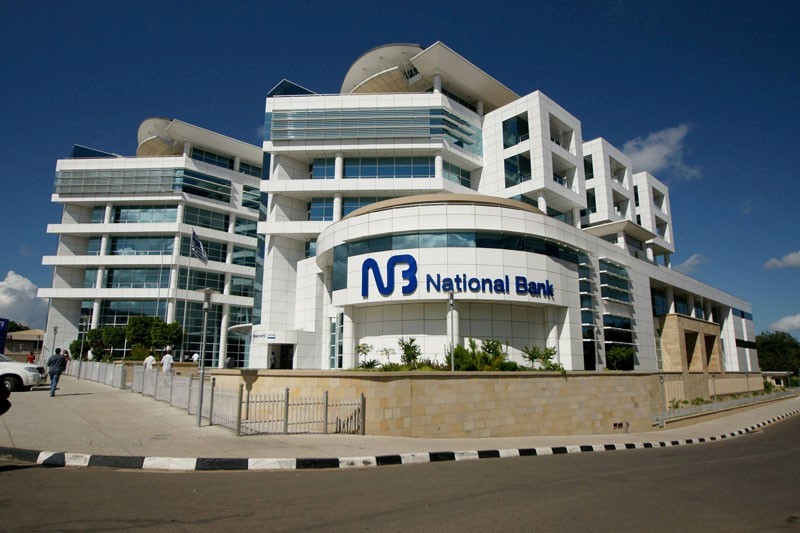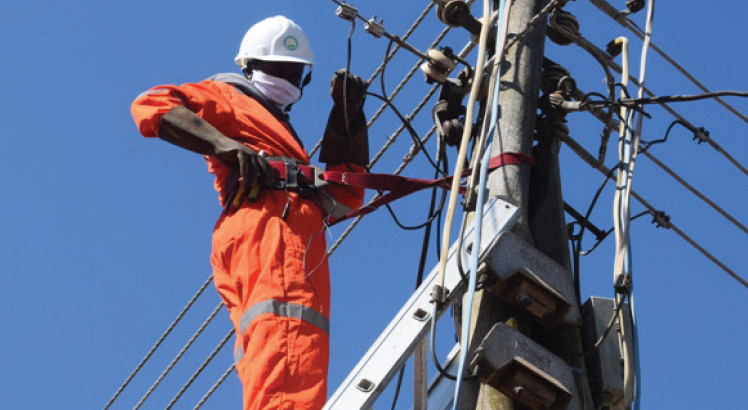Malawi’s Q2 trade deficit improves to K71 bn

Malawi’s second quarter (Q2) trade deficit improved to K71 billion (about $177m) from K110 billion (about $275m) in the previous period, the Reserve Bank of Malawi (RBM) figures indicate.
RBM in its Q2 financial and economic review has indicated that in the period under review, the value of exports were projected to slightly drop while imports decreased considerably, thereby reflecting a better trade balance.
The narrowing trade deficit may be linked to the kwacha exchange rate against the country’s major trading currencies as it reflected relatively higher exports than imports which deductively means a relatively lower demand for foreign exchange than supply.
That is the stabilising kwacha towards the end of Q2 which saw the local unit appreciating to selling below K340 is correlated to the improvement of the trade deficit.
The RBM report notes that the kwacha appreciated by 17.2 percent against the dollar during the Q2 and traded at K335.52 per dollar as of end-June 2013 from K405.12 per dollar recorded in the previous quarter thanks to tight monetary policy and the tobacco marketing season.
The report also adds that similarly, the local currency appreciated by 16.5 percent and 15.5 percent against the sterling pound and the euro respectively in the Q2 of 2013.
Specifically the RBM report indicates that although in the period export was still dominated by imports, the situation reflects that the difference narrowed compared to the previous quarter.
“In the review period the value for exports was projected at K59.5 billion in compared to a K60.5 billion in the first quarter (Q1) of 2013.
The value of imports was projected to have decreased to K130.6 billion by end-June 2013 from K170.4 billion estimated in preceding quarter mainly reflecting seasonal trends arising from the importation of farm inputs,” reads the report in part.
In the preceding RBM quarterly report, the country’s Q1 trade deficit marginally rose to about K109.9 billion from K109.2 billion in the preceding quarter.
The Q1 report indicated that the country’s exports in Q1 were valued at K60.5 billion down from K78.3 billion in the preceding quarter while imports were projected at K170.4 billion in Q1 from K187.5 billion estimated in the preceding quarter.
The report also attributed the change in the trade deficit to export revenue to seasonal pattern as exports normally fall during the Q1 as the bulk of the quarter falls within the country’s lean period.
It noted that the decline in imports is also seasonally expected since the fourth quarter correlates with importation of agricultural inputs.
The International Monetary Fund (IMF) in the Malawi’s country report indicated that 2013 trade deficit would narrow to $490.1 million (K166.6 billion) from $658.2 (K223.8 billion) in 2012.
The report, published in May indicated that Malawi will import $1 969.3million (K669.6 billion) worth of goods and will export $1 479.2 million (K502.9 billion) which is $490.1 million (K166.6 billion) short of exports, by the end of this year.
However, earlier while commenting on Malawi’s persistent trade deficit, National Working Group on Trade Policy chairperson Geoff Mkandawire said the country needed a policy adjustment that would favour production of more exports.
He noted that Malawi has strategies and policies that are aimed at promoting exports but there is need to seriously implement them.
He argued that the country has had very good policies but it is the implementation that has been a big problem.
He noted that we need to focus on the implementation part; otherwise we, will not achieve any improvement in our trade balance.
But last year Malawi launched the National Export Strategy (NES) whose goal is to match long-term export and import trends. The strategy targets to raise exports as a share of imports from 51.5 per cent in 2010 to 75.7 percent in 2017 and 93.4 per cent in 2022.
The NES is aimed at providing a clearly prioritised road map for building Malawi’s productive base to generate sufficient exports to match the upward pressure on Malawi’s imports. The NES further aims to maximise the direct contribution of exports to economic and social development.
The NES also aims to achieve an increase in exports through the development of the private sector in a manner that is balanced with the economic empowerment of the rural and urban poor, smallholder farmers, youths and women.
It prioritises three export-oriented clusters for diversification: oil seeds products, sugar cane and manufacturers. It includes support plans to stakeholder efforts in other major existing clusters: tobacco, mining, tea, tourism and services.





